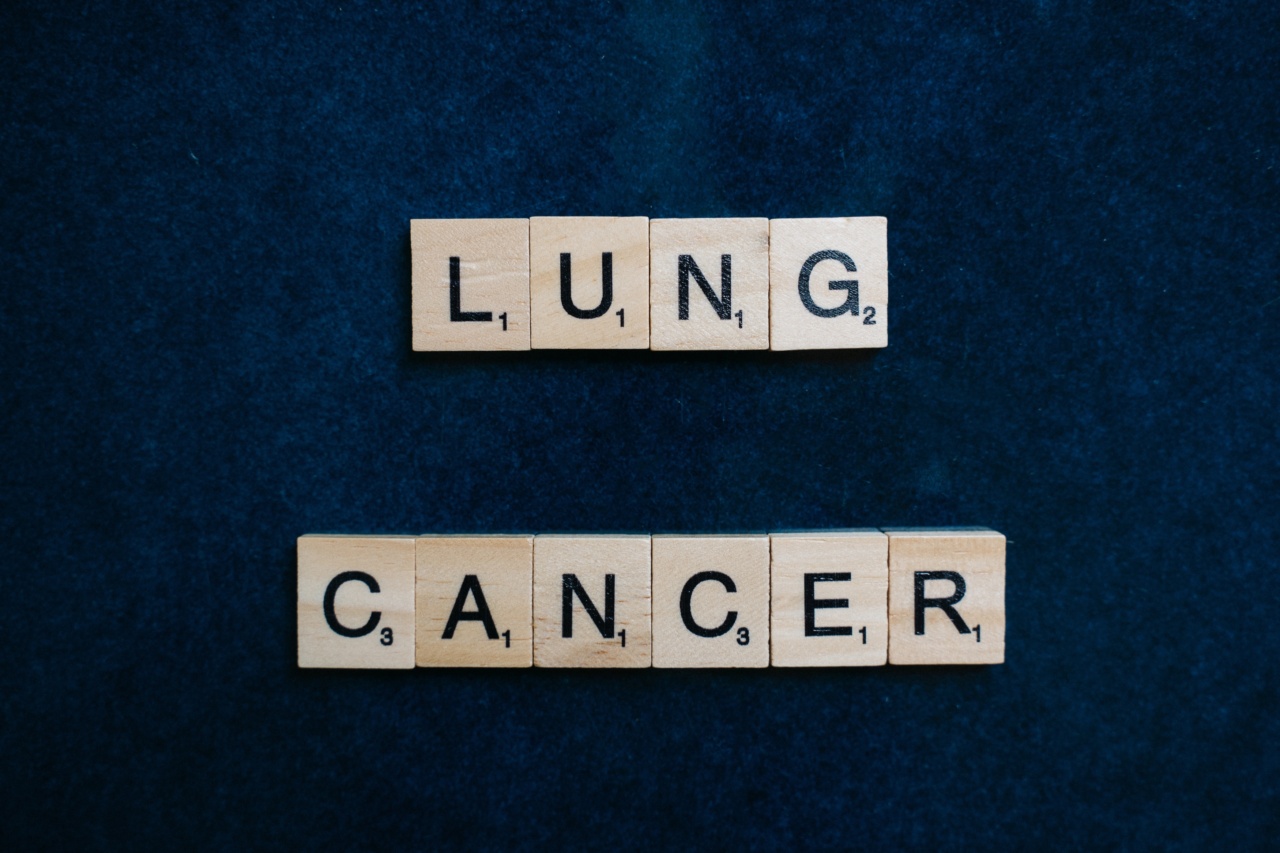Lung cancer is one of the most prevalent and deadly forms of cancer worldwide. It affects millions of individuals and poses a significant burden on public health systems.
Understanding the underlying mechanisms behind lung cancer development is crucial for early detection, prevention, and effective treatment.
The Yin: Risk Factors
Several risk factors contribute to the development of lung cancer. The most well-known and widely recognized risk factor is tobacco smoking. Smoking is responsible for the majority of lung cancer cases and is closely linked to its occurrence.
The chemicals present in tobacco smoke, such as nicotine and carcinogens, damage lung tissues and DNA, leading to the formation of malignant tumors.
Exposure to secondhand smoke is another significant risk factor for developing lung cancer. Non-smokers who live or work in environments where they are exposed to tobacco smoke have an increased risk of developing the disease.
Passive smoking can be just as harmful as active smoking and should be avoided.
Radon gas exposure, particularly in poorly ventilated areas, is yet another risk factor for lung cancer. Radon is a naturally occurring radioactive gas that is released from the ground.
Prolonged exposure to high levels of radon can damage lung tissue and increase the risk of cancer development.
Occupational exposure to certain substances and chemicals, such as asbestos, arsenic, uranium, and certain industrial pollutants, can significantly increase the risk of lung cancer.
Individuals working in industries such as mining, construction, and manufacturing should be aware of these occupational hazards and take necessary precautions.
The Yang: Protective Factors
While there are several risk factors associated with lung cancer development, certain factors can potentially reduce the risk or act as protective factors.
Understanding and incorporating these protective factors into our lives may help lower the chances of developing lung cancer.
Avoiding tobacco smoke, including both active and passive smoking, is the most effective way to prevent lung cancer. Quitting smoking and discouraging others from smoking can significantly reduce the risk of lung cancer.
Smoking cessation programs and support groups are available to assist individuals in overcoming nicotine addiction.
Regular physical activity has been associated with a decreased risk of lung cancer.
Engaging in moderate to vigorous exercise several times a week helps maintain a healthy weight, strengthens the immune system, and reduces the risk of various types of cancer, including lung cancer.
A balanced and nutritious diet can also play a role in reducing the risk of lung cancer. Consuming a variety of fruits, vegetables, whole grains, and lean proteins provides essential nutrients and antioxidants that help protect against cancer.
Avoiding processed foods and limiting the consumption of red meats and unhealthy fats is recommended.
Reducing exposure to environmental pollutants and occupational hazards is crucial. Taking appropriate safety measures, such as using protective gear and following safety protocols, can help minimize the risk of exposure to harmful substances.
Ensuring proper ventilation in indoor spaces can also help reduce the accumulation of radon gas.
Early Detection and Treatment
Early detection of lung cancer is vital for successful treatment outcomes.
Regular screening for individuals at high risk, such as heavy smokers and those with a significant family history of lung cancer, can help catch the disease in its early stages before it has spread.
Diagnostic methods such as chest X-rays, computed tomography (CT) scans, and sputum cytology can aid in the early detection of lung cancer.
If abnormal findings are detected, further tests, such as biopsy and molecular testing, may be conducted to confirm the diagnosis.
Treatment options for lung cancer depend on various factors, including the stage of the disease, the size of the tumor, and the overall health of the individual.
The main treatment modalities for lung cancer include surgery, radiation therapy, chemotherapy, targeted therapy, and immunotherapy. Often, a combination of these treatments is used to increase the chances of a successful outcome.
Conclusion
Lung cancer development is influenced by a combination of risk factors and protective factors. Understanding and minimizing the risk factors, such as tobacco smoke exposure and occupational hazards, can help prevent the development of the disease.
Implementing protective factors, such as regular physical activity and a healthy diet, can further reduce the chances of lung cancer. Early detection through screenings is crucial for timely treatment, and various treatment modalities are available to address the disease.
By focusing on both the yin and yang aspects of lung cancer development, we can strive to reduce its prevalence and improve patient outcomes.





























